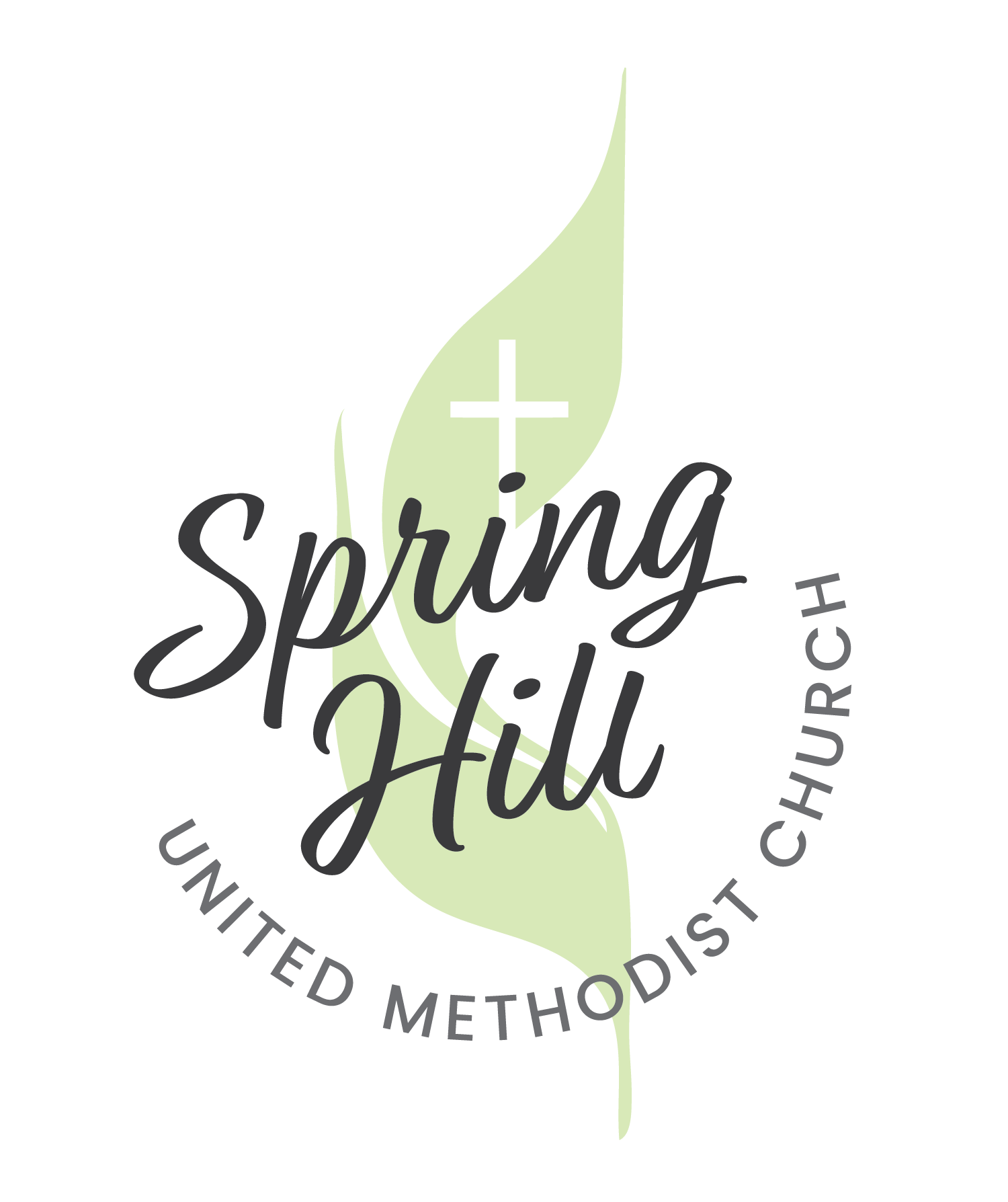The Making of Spring Hill
Spring Hill Church was originally founded in 1863 following a revival in a brush arbor, held near the spring from which the church takes its name. In the early 1920s, the spring, which is located across the highway from the present facility, was encased in cement by the late T.W. McPhail.
Originally, Spring Hill was a member of the Cape Fear Charge of the Methodist Church, which included Lillington, Parker’s Grove, Pleasant Plain and St. Andrews. Services were held in the Butler School House about a mile southwest of the present facility.
The construction of the first church building began under the supervision of the Reverend John Hall. This modest building was situated on the northeast section of the present cemetery and was used by the congregation for a number of years. When a need arose for a larger facility a new building was constructed and the small building was given to the county for use as a school house because of its close proximity to the Butler School.
The new church building was only one large room, with a bell tower. Some time later, rooms were added on each side of the building and a two-story building and a two-story section were erected at the rear. These additions provided eight Sunday school rooms. In 1900, a heater was purchased for the church and for the first time, services could be held during the winter months.
In 1921, the Mamers Charge was formed with Spring Hill, Cool Springs and Mount Arial Churches. The Reverend L.R. Gaines was sent as pastor. Woodside and Union were added to the charge in later years.
On October 12, 1957, ground breaking ceremonies were held for the present church building. The Reverend T.H. House was pastor. The first service was held in the new sanctuary on November 29, 1959. Dr. C.W. Robbins, President of Louisburg College and a former pastor, delivered the sermon. The Reverend E.R. Frierson was pastor in 1959 when Spring Hill became a Station Church.
The church was dedicated on Homecoming Sunday, October 23, 1965. The Reverend J.V. Early delivered the sermon. A ground breaking ceremony for the parsonage was held in the afternoon. The parsonage was completed and The Reverend C. McGee Creech and family were the first occupants.
The Bell Tower was erected in 1973 and dedicated in 1976.
In 1985, construction began on the Fellowship Building. It was completed and dedicated in 1986.
In 2008, structurally, the subfloor of the Fellowship Building was replaced. Our historians have added a wall of photographs of the pastors who have shepherded Spring Hill United Methodist Church in the History Room.
In 2010, we opened a time capsule that was placed in the foundation of the main building when it was constructed, and filled a capsule to be opened in 2060. Items from the original capsule are on display in our History Room along with photographs of objects placed in the new capsule.
Past Accolades
In 1953, Spring Hill was recognized for participation in the Town and Country Church Development Program sponsored by the Sears and Roebuck Foundation and Emory University.
In 1976, the North Carolina Conference awarded Spring Hill the Church of the Year award for churches with 300 - 500 members.
In May of 2013, Spring Hill United Methodist Church was selected as one of nine Thriving Rural Church Communities in the North Carolina and Western Carolina Conferences of the United Methodist Church. In addition to funds for outreach ministries, this honor entitles SHUMC to opportunities to participate in conferences for youth and adults, coaching through Duke Divinity School, the placement of a Rural Fellow for training, and participation with other clergy in ongoing dialogue for five years.
Come and experience for yourself the community at Spring Hill United Methodist Church.
